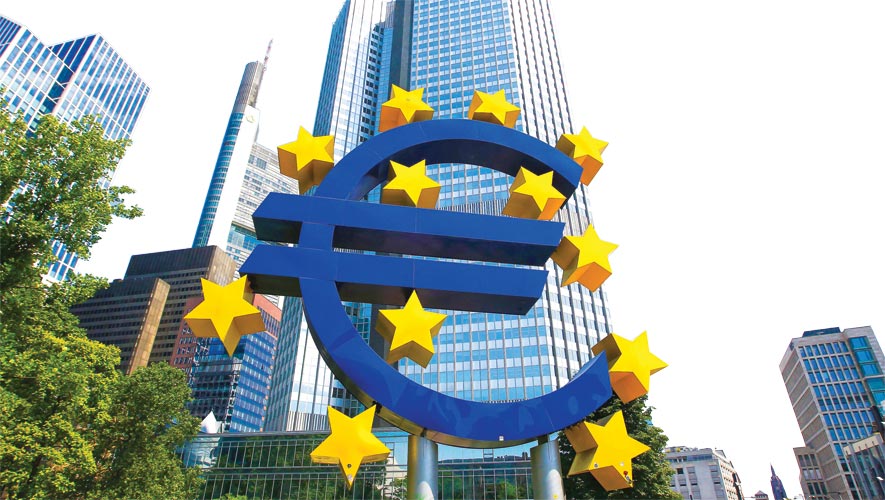Cumulative processes that lead to slower growth mark the movement of the world economy, both in the OECD countries (North America and Europe) and in China, while Brazil is still in a doldrum and Argentina is in a recession. Only a few countries, which are catching up (such as India, Cambodia and a few more), are currently maintaining their growth without problems (with the exception of inequality and environmental damage).
For the latest Cambodian Business news, visit Khmer Times Business
There is clearly overproduction in the steel industry and growth in the world car market is expected to be almost nil in 2019.
Although the profit rates do not show a visible downward trend, they do not seem to have returned to the level of 2007. However, wages in developed economies are stagnating (except in the higher categories and especially in certain sectors), including those with low unemployment rates such as Germany and the US. In the latter country there is a problem with the valuation of real unemployment: in addition to part-time workers who want to work more, many adults have stopped looking for work, meaning thay they no longer appear in the statistics, which leads to a decrease in the rate of participation in the labour market.
Corporate earnings are largely used for mergers, share repurchases and dividend payments or remain liquid investments while private investments remain limited. Government investment is limited by the austerity policy.
Capitalism is more than ever financial in nature. The financial assets continue to grow after the shock of 2007-2009. The worldwide market capitalisation (the value at market price of all outstanding shares of listed companies) reached a record level in 2017. It fell by 15 percent in 2018, reflecting analysts’ concerns about price levels independent of the actual performance of companies and of uncertainties due to the international climate. It should be noted that the largest market capitalisations are now the GAFAs (Google, Apple, Facebook and Amazon) and not industrial companies.
The rise in share prices is fueled by the policies of the central banks, which have been pumping free or almost free liquidity into the banks since 2009. Since 2015, central banks have been cautiously trying to limit this policy (low interest rates and quantitative easing, ie repurchase of securities), but this may not be long.
In Europe, the persistently low interest rate of the European Central Bank (ECB) have had conflicting effects.
On the one hand, they were able to increase their loans. On the other hand, because ECB interest rates influence bank interest rates, the interest margins of the institutions on loans were lowered, jeopardising their profitability (resulting in a fall in the share prices of the banks).
In principle, this situation does not endanger the health of banks, except in special cases. However, the health of banks would be affected by a delay in activities, which would increase the non-repayment of loans.
In addition, the debt burden of governments and especially non-financial institutions (companies) has risen again. The global value of bonds issued by non-financial corporations reached a record high of nearly $13 trillion at the end of 2018. According to the OECD, this is double their fair value before the 2008 financial crisis. Nevertheless, OECD says there is a deterioration in the quality of the bonds (debt certificates) issued by companies, which in the event of an economic downturn can lead to an increase in the number of defaults.
The creditworthiness of borrowers varies: a strong economic slowdown or a sudden tightening of the financial conditions can therefore affect the ability of companies with debts to pay off their debts.
This is an important point of vulnerability in the current situation. According to the Switzerland-based Bank for International Settlements, since 2008 there has been a proliferation of ‘zombie companies’ that only survive by getting into debt and benefitting from low interest rates. The share of zombie companies is estimated at six percent on average in the 14 most important developed nations.
Finally, the so-called “shadow banking” – financing that is not subject to banking regulation (does not necessarily mean that these are illegal transactions), has increased considerably, especially in China. At the end of 2017, it represented 14 percent of the global financial assets. Moreover, we see a return, in new forms, of the ‘structured assets’ that caused the financial crisis in 2007-2008, such as the instruments that combine securities with transactions of varying quality as a counterpart and therefore with a high potential risk for the buyers (because of their high returns).
The whole world is now under the influence of capital where there is no more new areas whose opening would significantly increase the average rate of profit. This does not mean that some industries will not continue their search for the lowest possible wages, such as textile producers moving to countries like Cambodia and Ethiopia.
So, if a financial crash occurs, governments have fewer resources to cope with it than in 2009. Government debts are already high, making it impossible to keep budget deficits strong while interest rates of central banks are likely to fall, albeit marginally.
Benjamin is a business consultant based in China




